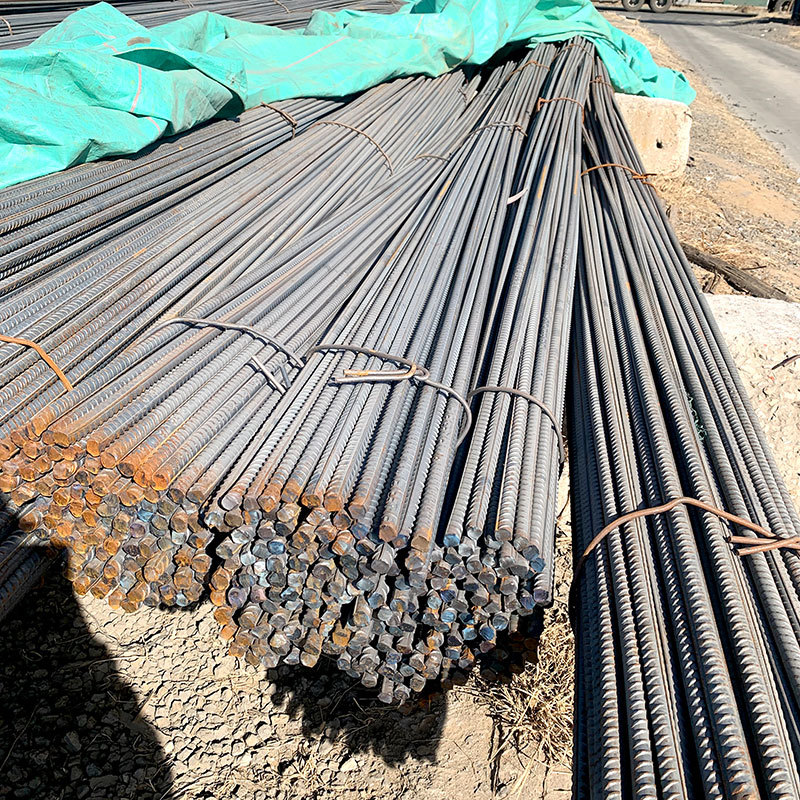Understanding the Mechanics of Deformed Steel Bars
Apr 04,2025

What Are Deformed Steel Bars?
When it comes to construction, the term deformed steel bar pops up quite a bit. But what exactly are these bars? Simply put, they are steel bars that have been intentionally manufactured with surface deformations, which give them a rough texture. This design is crucial as it helps them bond with concrete, making them a staple in reinforced concrete construction.
Why Deformation Matters
So, why go through the trouble of deforming steel bars? Well, the answer is simple: strength and stability! The deformations increase the surface area for bonding with the concrete, which means better load distribution and resistance against tensile forces. Ain’t that something?
How Do They Work?
Let's break it down, shall we? The working principle of deformed steel bars revolves around their ability to handle stress and strain. When concrete is poured around these bars, the rough surface creates a mechanical interlock. This interlock is vital, especially under tension, which is when the real magic happens. The bars take on tensile forces that the concrete alone can’t handle. Think of it as a buddy system—each supports the other!
The Manufacturing Process
Now, you might be wondering how these bars are made. It all starts with hot-rolled steel, which is then passed through a series of rollers designed to create the deformations. The common shapes include ribs, lugs, and grooves. This process is not just for show; it’s engineered to enhance performance. Who knew steel could be so fashionable?
Applications Galore!
From skyscrapers to bridges, deformed steel bars are everywhere. They are extensively used in high-rise buildings, residential constructions, roads, and even in precast concrete products. If you’ve ever marveled at a sturdy structure, chances are a deformed steel bar played a significant role in making it happen.
Benefits of Using Deformed Steel Bars
Now, let’s talk benefits. Incorporating deformed steel bars in construction projects leads to:
- Enhanced Strength: The bonding with concrete significantly increases the overall strength of the structure.
- Durability: These bars resist bending and breaking under pressure, making them ideal for loads.
- Cost-Effectiveness: While they may be a bit pricier than plain bars, the long-term savings in maintenance and repairs are worth it!
- Versatility: They can be used in a variety of applications, from residential to large-scale structures.
Challenges to Consider
Of course, no material is without its drawbacks. Deformed steel bars can corrode if not properly treated or coated, leading to structural weaknesses. Regular inspections and maintenance are necessary to ensure longevity. So, don’t let your guard down!
In Conclusion
In the world of construction, understanding the workings of deformed steel bars is crucial. Their unique design, coupled with their ability to bond with concrete, ensures that structures are not just built, but built to last. As we continue to push the boundaries of engineering, these bars will remain a foundational element in our built environment.
Contact Us







